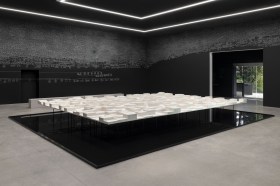Scientists and artists have collaborated for centuries to gain a detailed understanding of the human body, both for the advancement of the medical profession, and for artists to explore representations of the human form in their works.
But a spate of anatomical-based art exhibitions in recent years have sparked controversy over issues surrounding the public display of human bodies. In the UK, these exhibitions happened to, coincidentally, occur at a time when hospital and mortuaries around the country were discovered to have been retaining human organs without consent for years, adding a painful dimension to what has become a wider debate about ownership, consent and decency.




